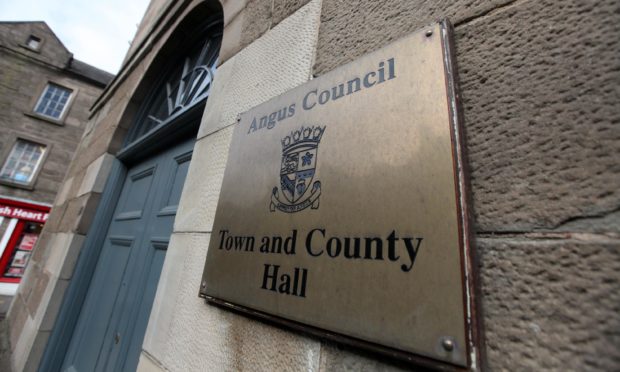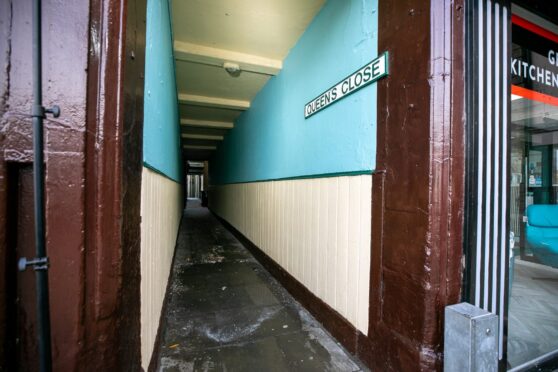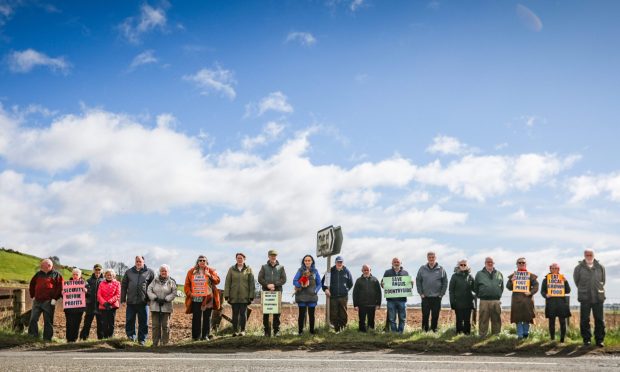Warring councillors in Angus are being urged to use internal mediation as referrals to the Standards Commission stack up.
Taxpayer Scotland has hit out at the “improper” behaviour of councillors stating that “squabbling and referrals waste everybody’s time”.
A group of opposition councillors raised the issue when they met with Angus Council’s chief executive Richard Stiff to discuss concerns over the council’s operation.
Arbroath councillor David Fairweather said: “There’s never been so many referrals. That can’t be good for the reputation of this council and it’s certainly something I think Audit Scotland will be having a look at and thinking ‘what’s going on there’.”
At the meeting it was agreed that the use of an internal mediation service, thought the chief executive, would be promoted.
This was welcomed by Eben Wilson, the director of Taxpayer Scotland, who said: “How irritating for tax payers that so much time at our cost has gone into dealing with improper behaviour.
“Tax payers expect councillors to represent them with a strong focus on practicality, good use of our money and effective services delivered at economic cost.
“To see squabbling and referrals that waste everybody’s time suggests that council leaders should call everyone together and tell them to stop the stramach and get on with serving their electorate.
“Mediation sounds like a transparent and potentially productive way of stopping this nonsense in its tracks.”
At the meeting – which was also attended by councillors Mark Salmond, Bill Bowles, Ronnie Proctor and Colin Brown – a number of other issues were raised in relation to the running of the council.
Mr Fairweather said there had been occasions when he had been informed about upcoming council business by members of the public, which he described as “completely unacceptable”.
He said: “We looked at particular issues which we felt that non administration members were not being advised, where proposals were being brought forward without information being given to non-administration members.
“There have been instances where elected members have actually being informed about particular issues that were going to be happening by members of the public.
“In the case of the closure of recycling centres, that was brought forward to council just a few days after we were informed about it.”
The councillors received a prompt response from the chief executive vowing to make some changes.
Mr Fairweather added: “Certainly all our comments were taken on board and very swiftly any concerns we have had they have come back and said they are going to look at and make sure the non administration members will be given the information we require in the future.”
He said that opposition councillors were also seeking to change council rules that reports passed unanimously at committee can not later be referred to a meeting of full council.
An Angus Council spokesperson declined to comment on what was discussed at the meeting.
Carnoustie councillor Bill Bowles said: “Quite a number of non-administration councillors have, in recent months, become very disillusioned with the democratic process of Angus Council.
“The meeting was very productive and many of the issues were ironed out.
“We came to agreement on matters including consultation, briefings, reports to the Standards Commission and content of council reports.
“This will hopefully enable a more responsible and transparent process in the decisions that are taken by this council.”










